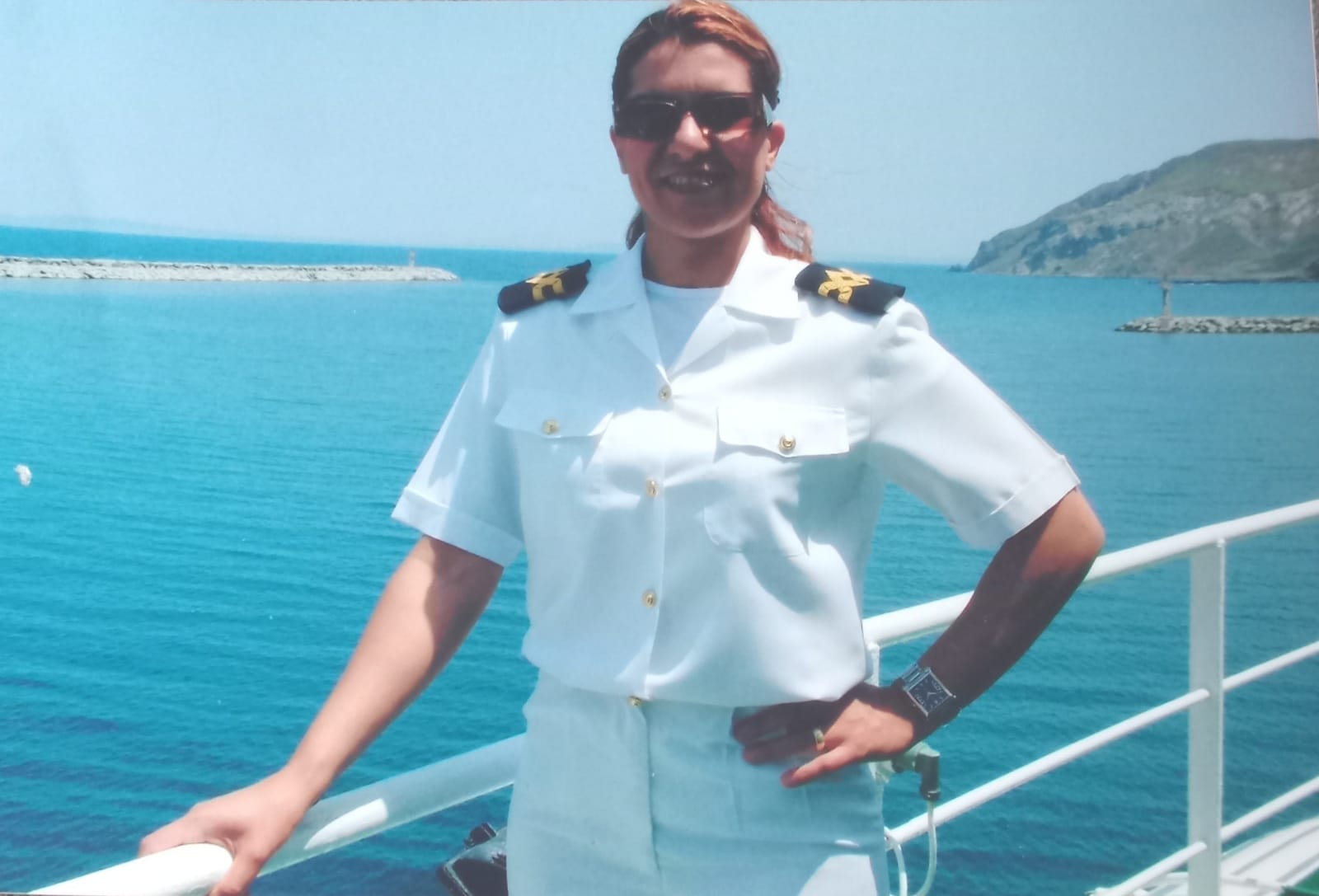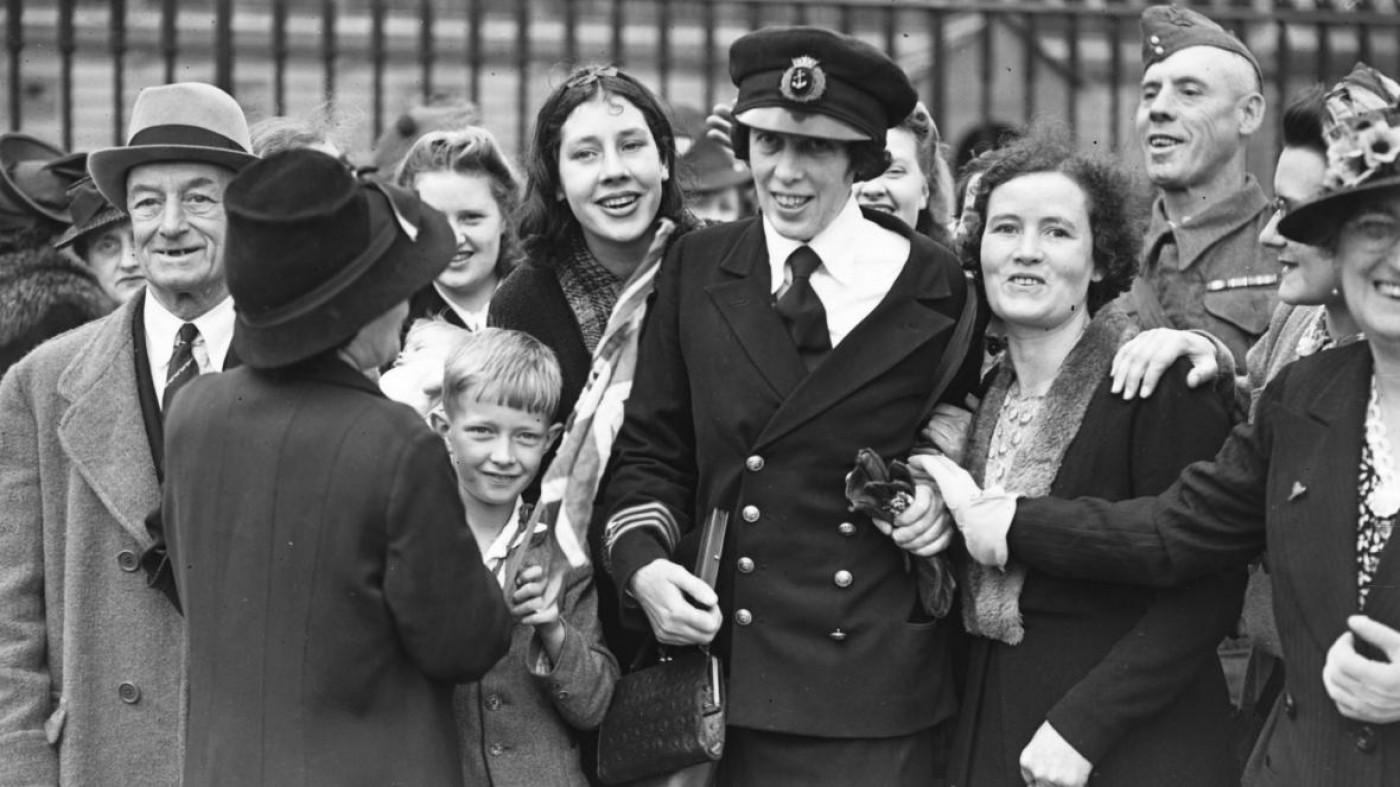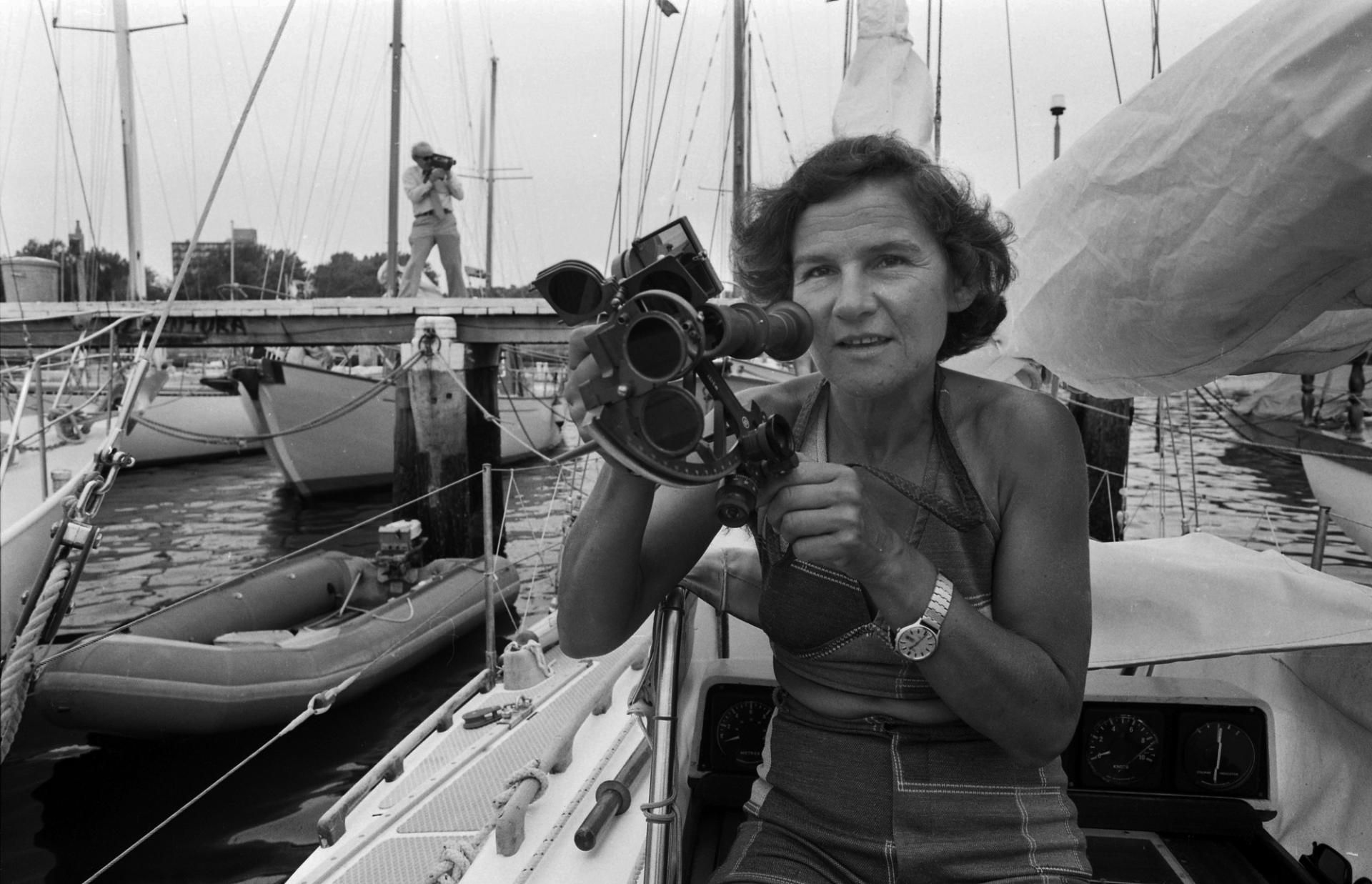In what was thought to be a realm controlled by males, women have navigated difficulties throughout maritime history to forge their paths. These trailblazing women, who were bold commanders and daring explorers, have changed the course of maritime history and motivated countless more to follow in their footsteps.
We celebrate the remarkable women who overcame the odds and transformed the role of women in maritime history on March 8, International Women’s Day.
Sedef Esra Ulutürk Dinç
Türkiye is a country with the sea on three of its sides, yet…
Male domination controlled Turkish waterways for almost 160 years, or until the first female captain in state ships appeared in the Turkish Maritime Organization. Sedef Esra Ulutürk Dinç altered the path of history in 1999. She persisted, writing many petitions for six years to seek the position of captain.
Her work began with automobile ferries between Istanbul and Bandırma ever since she has served as a beacon of hope for young women aspiring to be captains.
Gökçen Fırat
She was the first female admiral in the history of the republic and the first female ship commander in Türkiye. She graduated from the Naval War College in 1998. Served as underwater weapons officer and anti-submarine warfare officer on the frigate TCG Yavuz.
As the first female ship commander in Türkiye, she commanded TCG EGITIM-2, one of the training vessels used to prepare Naval Academy graduates for careers in the navy.
İlgi Öztuncer
İlgi Öztüncer is a significant figure in the Turkish women’s independence actions. She was the first female student to enroll at the Naval Academy and one of the first female naval officers in Türkiye.
She enlisted in the navy in 1958 as a lieutenant in the naval equipment and served in a variety of capacities under the navy field commanders in the north and south, particularly on Yassıada. She was a colonel when she left the army in 1981.
After her retirement, she turned to art. Öztüncer, a successful sculptor, has many solo exhibitions.
Başak Mireli
The first Turkish woman to sail solo across the Atlantic Ocean is Başak Mireli. Başak Mireli Öcel has been a sailing enthusiast since she was 13 years old. She attended METU to study sociology and psychology.
Resolved to live her entire life at sea, Başak Mireli and her spouse Ömer Öcel set out to sail around the globe in December 2022. She became the first Turkish woman sailor to cross the ocean by herself on the first part of the tour when she used her 12-meter yacht to make the solo Atlantic crossing. In less than twenty-four days, Mireli sailed from the Mindelo port in the Cape Verde Islands to Martinique in the Caribbean.
Tuba Akar
Tuba Akar was an unusual youngster. Her fantasies were usually about the water, thus in contrast to her peers, she was carrying a fishing rod and compass in her bag like a mariner.
She learned that the female students had been brought to the Department of Maritime, Transportation, and Management Engineering for the first time while she was studying for her university test. It was a huge risk for her to fulfill her ambition. Not unexpectedly, she got the highest preference in that part and went on to become the first female student in the Faculty of Maritime.
She became the first ocean-going master in Turkish maritime history after graduating.
Victoria Drummond
Victoria Drummond of Scotland broke over the long-standing barrier that prevented women from entering the engine room to become the first female student at the Institute of Marine Engineers in the United Kingdom and eventually the first female marine engineer.
She was unable to obtain employment as an engineer immediately. She was discriminated against when working as the fifth engineer aboard a British India Steam Navigation Company ship, where she was eventually hired. Following this ordeal, Victoria lived on land for 12 years until joining the Navy again during the war, this time on foreign ships since British employers would not accept her. For her valor, Victoria was eventually granted an MBE.
Anna Ivanovna Shchetinina
Anna Ivanovna Shchetinina became the first female professional captain in 1935. It was challenging to turn the Soviet government’s encouragement of women to pursue traditionally male-dominated careers into reality.
Shchetinina joined the ship as a sailor and progressed to become the captain of a transatlantic liner, much like many others who followed in her footsteps. The female captain was covered by every newspaper around the globe. Later, Shchetinina took part in military operations, operated on transoceanic routes, and evacuated citizens during World War II.
Sayyida al-Hurra
“Noble lady who is free and independent,” as her name suggests, Seyyida al-Hurra was a notable person in nautical history, especially when considering the Mediterranean and North African areas in the sixteenth century.
Seyyida al-Hurra was born into a well-known Muslim family in Granada, Spain, in the early 16th century. However, when her family was forced to leave Spain during the Spanish Reconquista, her life took a drastically different turn. Seyyida al Hurra became one of the most powerful pirate queens of her day when she adopted the title “al Hurra” and seized charge of Tetouan.
Tetouan prospered as a sanctuary for pirates and privateers under Seyyida al Hurra’s leadership, undermining the dominance of European powers in the Mediterranean. She worked with the famous Ottoman corsair Barbarossa and even forged ties with other lords of North Africa. She defended her kingdom against Spanish and Portuguese attacks with skill and diplomacy, making her a powerful force in both naval combat and profitable commerce endeavors.
Sylvia Earle
Dr. Sylvia Earle was always fascinated by the natural surroundings. She made her first dive attempt using a diving helmet at the age of sixteen, motivated by her ambition to unravel the secrets of the deep ocean. This was before scuba was established. Earle became the first woman to walk the 1,500-foot ocean floor 28 years later. She wore a pressurized metal JIM suit and finished her well-known two-hour stroll on the ocean floor.
On the Tektite Project, Earle was in charge of organizing the first crew made up entirely of women to spend two weeks living in an underwater habitat. The scientific world held her in high regard, and she enabled women to continue leading the charge in ocean exploration. Her Deepness is a global role model for female and male scientists alike, having completed 60 missions totalling over 7,000 hours spent underwater.
Jeanne Baret
Jeanne Baret is the first woman to circumnavigate the world. Baret participated in the expedition of Bougainville, a sailor commissioned by the French government on a voyage of discovery around the world, disguised as a man as a servant of Commerson, who was on board as a Royal naturalist and physician.
The naval regulations of the time forbade the presence of women on board ships. Baret managed to hide her gender until Tahiti, and although she and Commerson were probably “partners in crime”, she assumed full responsibility after being exposed; throughout the voyage, she and Commerson collected countless plants, built herbariums, created insect collections and organised seashells.
Krystyna Chojnowska- Liskiewicz
In our daily lives, solitude is sometimes seen as a bad thing. In Chojnowska-Liskiewicz’s instance, nonetheless, it was the crucial element of her strategy. She was born in Warsaw in 1936 and has loved sailing since she was a small girl. She found her real love and lifetime friend while attending the Gdańsk University of Technology’s Faculty of Shipbuilding. She obtained her captain’s license shortly after graduating to realize her aspirations.
Her hopes eventually came to an end in 1975. The crew led by her husband created the Conrad 32 sloop Mazurek, her lone companion on the journey. Mazurek was at sea at Las Palmas, Gran Canaria, on March 10, 1976. All Chojnowska-Liskiewicz could think about was being the first woman to sail around the world by herself.
She made it through the Panama Canal first, against all odds, and on to the Indian Ocean. After Cape Town began to move north, she traversed the ocean, and on April 21, 1978, she finally arrived back in Las Palmas. Complete work in 401 days.
Related Articles












